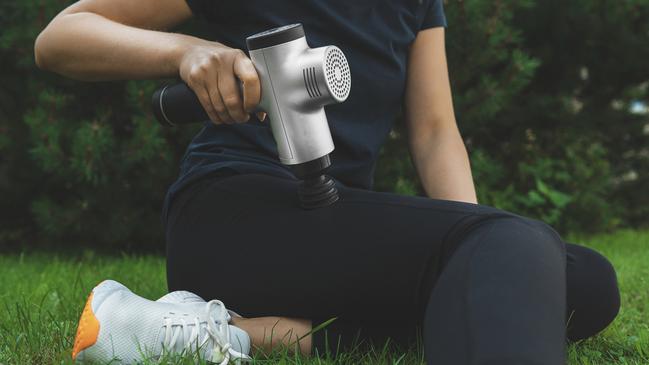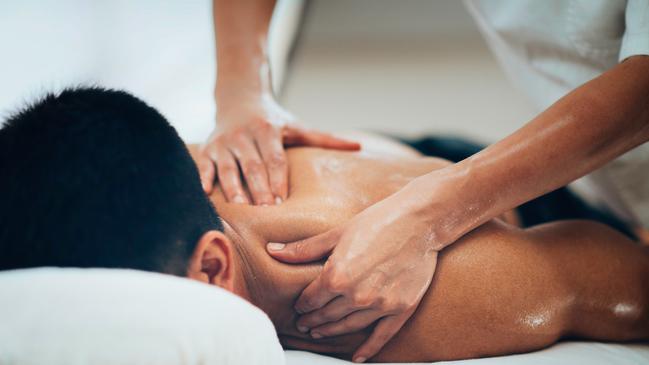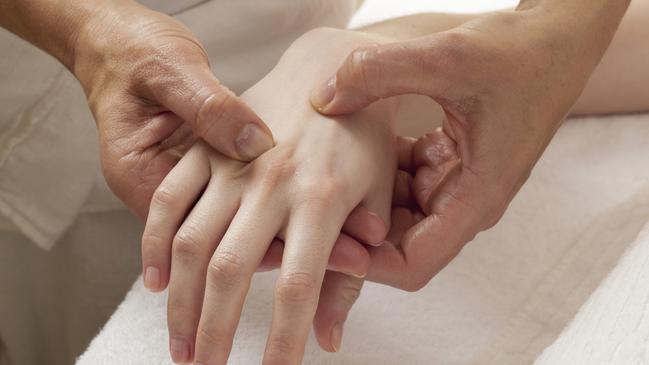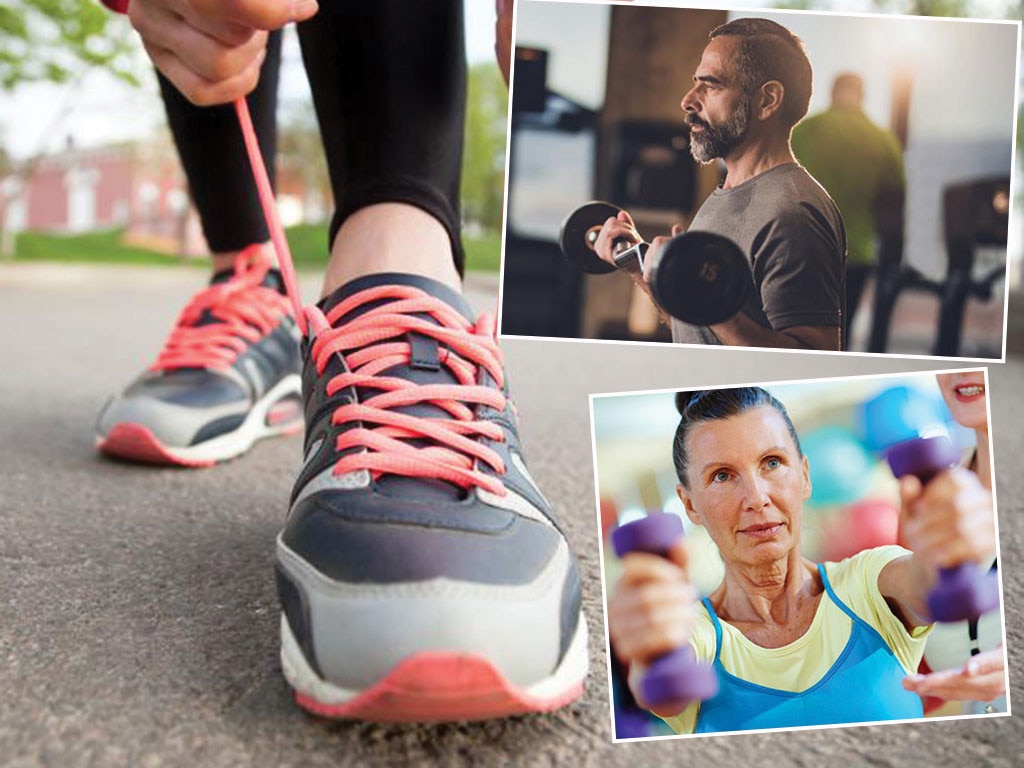Swedish, Thai, Shiatsu or Theragun – which massage is best for you?
Massages divide the field of pain science, but a recent study concluded that they help muscles heal faster and stronger. So if it’s worth trying, which should you choose?

Massages divide the field of pain science. Despite athletes swearing by the therapeutic effects of a post-workout rub, the paucity of evidence for the mechanics of muscle mending left many experts to conclude that most of its benefits were in the mind. But a new study from Harvard University found that massaged muscles do heal faster and stronger than those left untended - at least they do for mice.
Using tiny robotic machines similar to fashionable massage guns, the team applied consistent massage to the leg muscles of injured mice. After two weeks of treatment, healing was more advanced in the massaged mice than in those that had not received the treatment. Results, published in Science Translational Medicine journal, also showed that the more pressure applied during the massage, the stronger the muscles became.
According to lead researcher Bo Ri Seo, a postdoctoral fellow at Harvard’s Wyss Institute for Biologically Inspired Engineering, the massage helped to clear immune cells called neutrophils out of severely injured muscle tissue, enhancing the process of muscle fibre regeneration. “Our work shows a very clear connection between mechanical stimulation and immune function,” Seo says.
Jack Chew, a musculoskeletal physiotherapist and spokesman for the Chartered Society of Physiotherapy, says the findings “bring back to the table mechanisms of an effect” that many had dismissed, although they have yet to be reproduced in humans.
“There is an emotional response to pain and the fact that people feel muscle pain doesn’t always mean there is damage to the muscle,” the physiotherapist Paul Hobrough explains, “but this new study shows clearly what’s happening at a cellular level in mice and is encouraging for the argument that manual therapies like massage can be used as one of a whole variety of treatments.”
So if massage is worth trying, which should you choose?
Sports massage
What it is: Not just for sporty types, this is deep soft-tissue mobilisation that usually targets a particular area of the body, using a level of pressure that can be uncomfortable but should never be painful.

Best for: A meta-analysis carried out by a team from the University of Sheffield and published in the journal BMJ Open Sport & Exercise Medicine concluded that there is “no evidence” a 20 to 30-minute sports massage boosts performance, but that it might improve flexibility and was associated with a 13 per cent improvement in the aches and pain of delayed onset muscle soreness. This occurs within 24 to 72 hours of a hard workout and can take five to seven days to subside.
Massage gun
What it is: Using rapid “vibration” therapy, these DIY guns (as sold by Theragun and Pulseroll) apply rapid bursts of pressure into muscle tissue.
Best for: A 2019 study showed them to be “beneficial and useful” for reducing post-workout muscle soreness.
Swedish
What it is: Therapists use soft, long kneading strokes, as well as light, rhythmic tapping strokes, on the topmost layers of muscles using massage lotion or oil, with the aim of gently releasing muscle tension.
Best for: In 2017 a review of 117 studies on this massage type concluded it is safe for most people of any age and might help to ease stress-related problems such as poor breathing.

Shatisu
What it is: Shiatsu means “finger pressure”; therapists use rhythmic pressure on acupressure points that are believed to be important for the flow of the body’s vital energy, or chi.
Best for: One study found shiatsu to affect neurotransmitters in the brain, increasing levels of serotonin and dopamine, hormones known to relieve stress and anxiety. Other small studies have shown it can relieve headaches and symptoms of low-back pain.

Thai
What it is: A therapist manipulates a client’s body into positions that are similar to yoga postures. It’s fairly vigorous and includes compression of muscles, mobilisation of joints - expect some pulling and rocking techniques - as well as acupressure applied at points of tension.
Best for: It’s been shown to improve chronic tension headaches and reduce lower-back pain symptoms. Also useful for improving circulation, energy levels and mobility in people with joint pain or osteoarthritis of the knees.
Myofascial release
What it is: Self-myofascial release can be performed by yourself with a foam roller. The aim is to release tension from the fascia, the dense, fibrous connective tissue that encompasses all muscles and bones.
Best for: Research at the University of Stirling has also shown two minutes of foam-rolling before a workout helped participants to perform leg extension weight exercises with less perceived effort. Some studies suggest myofascial release techniques can also speed up recovery times after a workout.
Trigger point
What it is: The therapist rubs and presses sensitive trigger or pressure points, “knots” in a muscle that cause direct pain or referred pain to another part of the body. These trigger points are different from acupressure points that lie along predetermined meridians or channels of the body.
Best for: According to the Chartered Society of Physiotherapy, research to prove it works is inconsistent. Many studies suggest even leading therapists are unable to locate the precise source of muscle knots and that pain relief is mostly in the mind.
Lymphatic
What it is: Manual lymphatic drainage (MLD) is a specialised, gentle type of medical massage designed to stimulate the lymphatic system.
Best for: According to the NHS, MLD can be part of the treatment for lymphoedema, a chronic condition that causes swelling in the body’s tissues, and post-surgery since it helps to move fluid from swollen areas into working lymph nodes, where it can be drained.
However, it must always be carried out by a qualified practitioner (visit mlduk.org.uk for details) and is not suitable for anyone with existing heart conditions, kidney problems, infections or circulation problems.
The Times







To join the conversation, please log in. Don't have an account? Register
Join the conversation, you are commenting as Logout